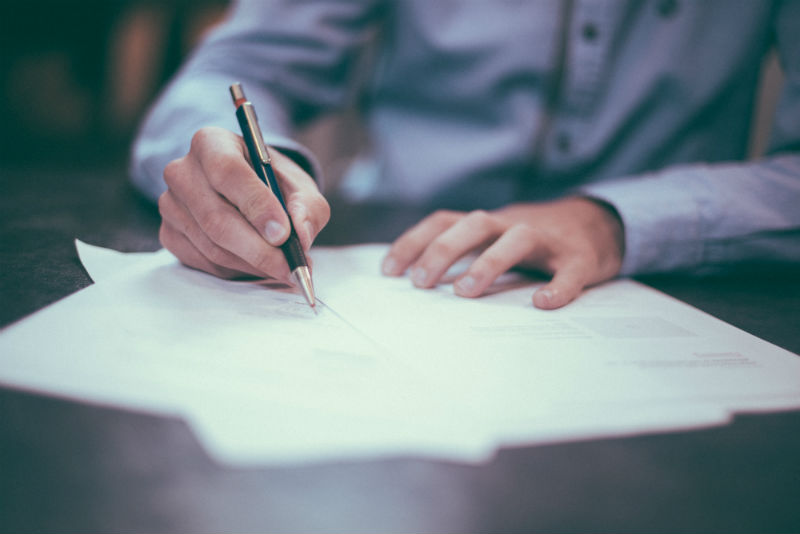
In today’s fast-paced and well-connected business landscape, it’s critical for owners to protect their property. Many business-owners fail to realize that securing their assets means more than just protecting their supply, equipment, and capitol. While these possessions are indeed significant, of comparable importance are things like company ideas, slogans, original works, inventions, and even the business name.
Collectively, these types of intangible assets are called intellectual property. It is critical for a business to secure its intellectual property. Like other types of possessions, if intellectual property is left unprotected or unsecured, it’s liable to be ‘stolen’ or used without permission.
Fortunately, the U.S. has among the most strongly-written intellectual property laws in the world. For business owners to enjoy these protections however, they must register their intellectual property with the government.
This is where the copyright and the trademark come into play. While both offer intellectual property protection, the copyright and the trademark protect different types of assets.
Protecting your Brand with Trademarks
According to the United States Trademark and Patent Office (USPTO), a trademark is:
“a word, phrase, symbol, and/or design that identifies and distinguishes the source of the goods of one party from those of others…Some examples include: brand names, slogans, and logos”
The word service mark is sometimes used to denote trademarks that apply specifically to companies that provide services (instead of goods), however the term “trademark” is frequently employed in a general-sense to refer to both trademarks and service marks.
Interestingly, trademark laws were first proposed in an effort to protect consumers. Congress believed that U.S. companies needed distinctive names, slogans, and logos so consumers weren’t confused as to what company they were buying goods from. In the years since the first federal trademark legislation, these laws have come to service both consumers and business-owners alike.
The Power of the Trademark
For owners, the trademark is a powerful tool for securing and protecting your brand. The time, money, and effort spent on earning your customers’ loyalty and building a trusted brand could be lost if another business-owner trademarks your name before you do.
If your business name is trademarked by another company, you have no legal right to the name. In-fact, if the other company can prove that your business is negatively impacting their commercial value (on account of consumer confusion because both companies have the same name), you may be legally ordered to suspend operations and change your name. The same goes for slogans or logos.
For this reason, it’s important to apply for a trademark as early as possible (especially if you plan to expand operations beyond your city or state). The application process is relatively straight-forward. The cost is around $300 and can be done completely online at the USPTO government website.
Protecting your Original Work with a Copyright
Similar to a trademark, a copyright is a form of intellectual property protection. Copyrights and trademarks are different however, in that they protect different types of property. While trademarks secure names, brands, slogans, and logos, a copyright protection is more centered on original and creative works.
To reference the USPTO government webpage once again, a copyright protects:
“original works of authorship including literary, dramatic, musical, and artistic works, such as poetry, novels, movies, songs, computer software, and architecture”
A key word to note here is “original”. Copyrights only apply to works that involve some sort of original creative process. Additionally, the work must be fixed in a preserved medium, such as a book, webpage, audio-clip, map, print, computer program, film, or any other “tangible” form.
Copyrights don’t necessarily have to be registered with the USPTO or any other government agency. In many instances, a signature (or other type of personal denotation) is enough to “mark” ownership of the work.
However, in a situation where somebody is using your original work without your permission, you may want to contact the U.S. Copyright Office. If the violation is particularly severe (for instance, someone is making-money by taking credit for your original work), you’ll need to file a complaint with the Office and send them a copy of your original work. Doing so will make it easier to take legal action against the individual or group misusing your property.
Taking Legal Action
If you believe somebody has “stolen” or misused your intellectual property, consulting an attorney should be your first step. In the case of trademark infringement, you possess the exclusive legal rights to your mark, and can contest its misuse in a federal court if you wish to do so.
Copyright infringement can be more difficult to legally challenge, simply because there’s usually no “registration” process involved. Nonetheless, an experienced intellectual property lawyer should be capable building a successful case against the misuse of your original work, especially if you can be definitively identified as the creator of the work.
 March 15, 2019
March 15, 2019

